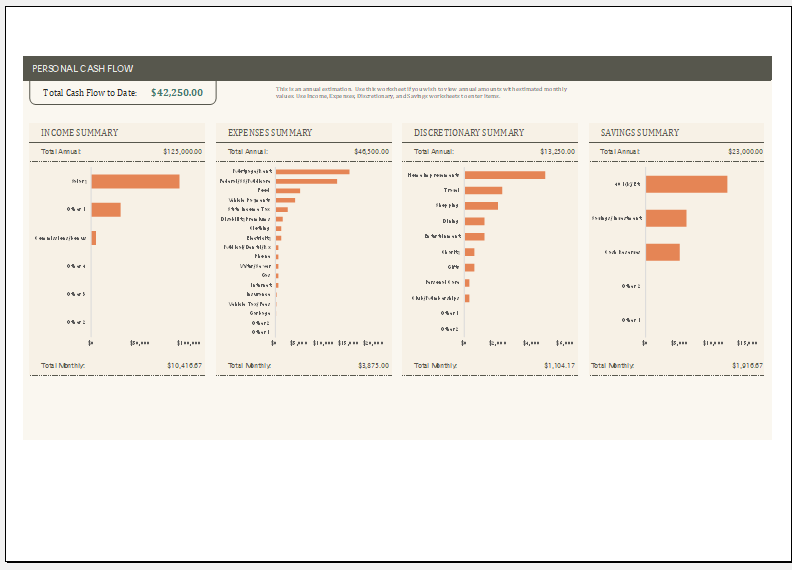Personal Financial Transaction Register
Whether we want to save more or we have some other goals to achieve which are somehow related to our finances, we will have to keep track of financial transactions. Even if we don’t have any goals, it is still very useful to keep track of the transaction because it enables us to see our financial situation and determine whether we are overspending or over saving.
Many tools assist us in managing personal transactions. One of the most efficient tools is the personal financial transaction register.
What is a personal financial transaction register?
Personal financial inflow and outflow of cash registers is a simple tool that is used by those people who want to keep an eye on the money that is coming in and going out from their accounts. A person can’t remember every transaction detail as every person performs numerous transactions from their account frequently. The register keeps a record of each and every transaction and can be consulted as and when you want to manage your finances.
What are the advantages of using the personal register of finances?
The finances register requires details from the user such as his income and expenses. Whenever a transaction is carried out, the register records its time, total amount involved in the transaction, date of transaction, and much more. This way, the user can see at the end of the month how much he has spent and saved.
A user can be able to make many wise decisions based on the information provided by the register. Such recording tools also motivate people to earn more or save more depending on their specific circumstances.
Important parts of the transaction register
If you want to make the best use of the record sheet, you should be able to provide the following details about the record sheet:
Date of transaction:
The register has a column that automatically records the date on which the money moved in and out of your account. Due to mentioning the date, the register can arrange all the money transactions in chronological order. The user also finds it easy to track and find a particular transaction.
Description of each transaction:
When a user has a look at a particular transaction, he does not remember why he carried out that transaction and remains confused. To solve this problem, the register also requires the user to provide the reason for the transaction.
For instance, if the user is paying the utility bill, there will be a category that will show that the particular outflow of cash from the user’s account was due to the utility bill. At any particular time, the user can see the transaction and find out its details.
The total amount of transactions:
The most important part of the register is the section that records the amount the user has paid or received in his account. The register accurately records the amount and leaves no room for any type of error.
Type of transaction:
Two types of transactions specify whether the amount was paid through the account of the user or it was paid to the user. These two transactions are generally highlighted in two different colors so that the user can quickly identify the type. In some cases, the transactions are also mentioned with ‘’credit’’ or ‘’debit’’.
The total balance of the account:
The register records the transaction of a particular period the starting and ending dates of which are mentioned in the register by the user. In some cases, the record set records all the transactions, and the user can view the cash flow of any period transaction which he chooses to view.
This information in this record sheet is used to show people the closing and opening balance in the account. Those who want to have a quick view of your bank balance. People don’t have to see the minute transactions you perform. So, they pay attention to the total balance of the account. The register shows this information at the end and the user can print the recorded information by the record sheet anytime.
- Student Entry & Exit Log
- Gantt Chart for Smaller Projects
- Behavior Log of Child for Schools
- Loan Repayment Tracker
- Product Sales Tracker Template
- Debit Memo Template for Excel
- Winter Attire Inventory
- Financial Projections Worksheet
- Employee Absence Tracker
- Weekly Sales Report Template
- Budget Vs Actual Statement
- Remote Work Attendance Tracker
- Mileage Expense Report Template
- Fitness Calendar Template
- Project Gantt Chart
← Previous Article
Sunday at-Home to-do List TemplateNext Article →
Office Commute Expense Worksheet